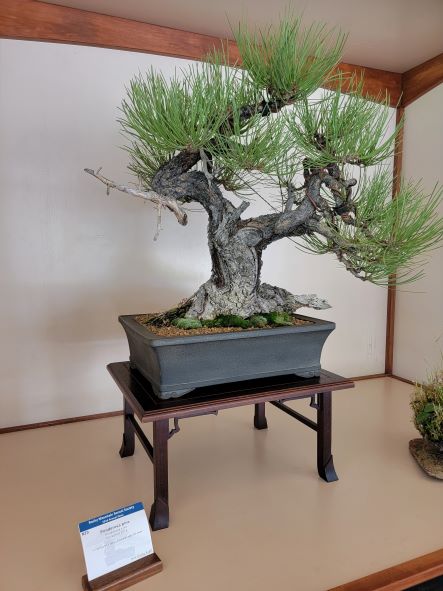One area of the Denver Botanic Garden is the Bonsai Tree area. We looked at trees no more than two feet tall which had been growing for 10 years to over 50 years.

We overheard one person say these were just little trees that are not very impressive and asked why they were even here. That might be a common misconception if you do not know what it takes to keep these trees little.
Exactly, what is Bonsai?
Bonsai is a Japanese term which literally translated means planted in a container. The ultimate goal of growing a Bonsai is to create a miniaturized but yet realistic representation of nature in the form of a tree.
They really are little trees. And, so much more.
Can you train any plant to be a bonsai?
Apparently, almost any tree or shrub can be turned into a bonsai. Why? Because it is created from perennial woody-stemmed tree or shrub species that produces true branches and can be cultivated to remain small through the size of the pot. You need to prune both the crown and the root.
Structural pruning keeps bonsai trees small by cutting off thicker branches. This will adjust and guide the appearance of your tree over the years. You want to trim branches close to the ground, ones parallel with the trunk.
What are the best trees for beginners?
One choice is Chinese Elm, a semi-evergreen tree with small leaves. Another choice is Juniper, an evergreen tree with scale-like foliage. This one is a bonsai classic and old specimens from Japan are extremely valuable. You could also pick Cotoneaster, an evergreen tree with small leaves and flowers.
The Summer Bonsai Show was happening during our visit to the Denver Botanic Garden. We walked around through the tents housing the winners, classes, and displays of dozens of trees. Just when we thought we saw an ‘old’ tree, we found one even older.
Some of these were in excess of 100 years old. They have obviously been tended to by multiple generations. Amazing!
Check out more from the Denver Botanic Garden at https://travelsandescapes.net/